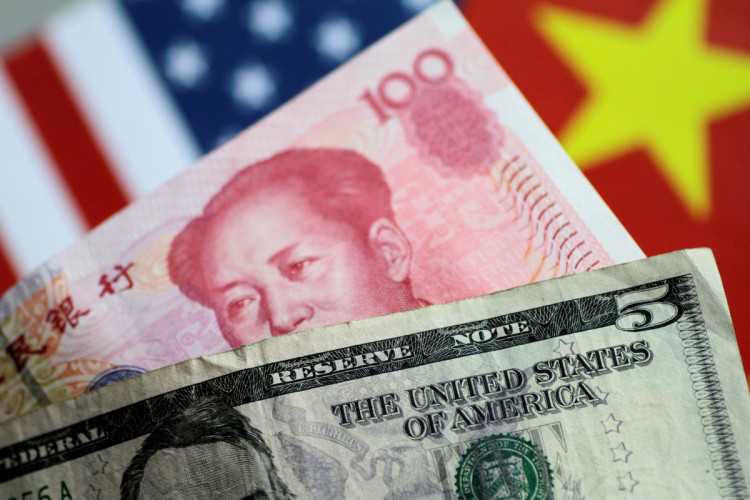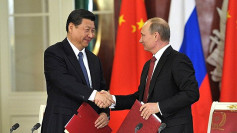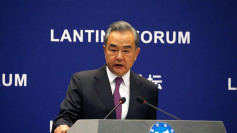China on Saturday announced it will lower its loan prime rate (LPR) in a move some Western economists see as an interest rate cut.
The People's Bank of Chna (PBOC) revealed this change to the LPR is part of a wide-ranging "market reform," and will publish the new LPR on Aug. 20. It said this move will help make borrowing costs lower for companies while bolstering China's faltering economy which is slowing down on account of Trump's year-long trade war.
Analysts believe the new LPR rate will be lower than the current level. There is, however, little clarity over the scope of reductions on borrowing costs for firms.
The new mechanism will see bank lending rates linked to the LPR, which will be linked to the PBOC's medium-term lending facility (MLF) interest rate. Together, all these should establish a smooth policy transmission mechanism, said PBOC.
Analysts also expect PBOC to again cut banks' reserve requirement ratios (RRR) in coming months. PBOC has cut the RRR six times since early 2018 in attempts to boost economic activity by naking more money available for lending to small- and medium-sized businesses.
PBOC launched the LPR in 2013 to reflect rates banks charge their best clients. The LPR, however, has been almost immune to market demand and supply. As a result, the one-year rate now stands at 4.31% compared to the benchmark one-year lending rate of 4.35%.
Ten banks selected by PBOC are currently allowed to submit LPR quotations. PBOC said it will add eight small banks, including two foreign-funded banks, to the 10.
Analysts said PBOC took this controversial move after the release by the central government of data affirming weaker than anticipated economic growth in July.
"By reforming and improving the formation mechanism of LPR, we will be able to use market-based reform methods to help lower real lending rates," said PBOC.
It said it will "deepen market-based interest rate reform, improve the efficiency of interest rate transmission, and lower financing costs of the real economy."
The move means new LPR quotations from Chinese banks will be based on rates of open market operations. PBOC said the national interbank funding center will be authorized to publish the rate starting Aug. 20.
Chinese banks set rates on new loans mainly by referring to the LPR. They also use the LPR as the benchmark for setting floating lending rates. PBOC said banks will now be barred from setting any implicit floor on lending rates in a coordinated way.
To safeguard against LPR abuse, PBOC said it will strengthen its supervision on banks' rate quotations and punish banks for irregularities that disrupt the market.
It also said it will incorporate LPR application into its macro-prudential assessment (MPA) to goad banks into using LPR pricing.
The LPR reform can be seen as a guided rate cut since PBOC can guide rates of its open market operations, which will be closely followed by the LPR, noted Tang Jianwei, an economist at Bank of Communications in Shanghai.
Another analyst, Dai Zhifeng, analyst with Zhongtai Securities Co. pointed out the LPR quotation reform is a de facto guided rate cut, and is only resorted to by PBOC at critical moments,"
Over the past few years, PBOC has kept promising to gradually unify two interest rate tracks, which are its new market-based rates and its benchmark bank deposit and lending rates.






